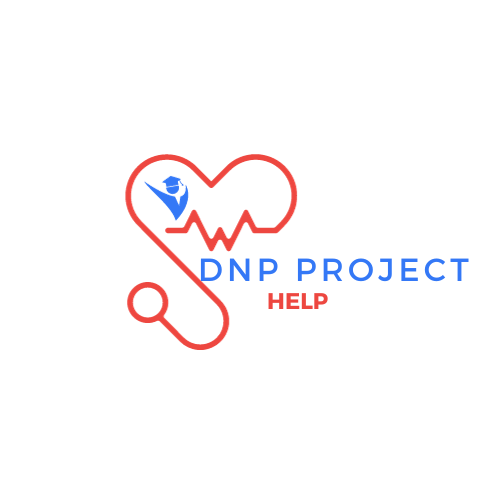
The Standards for Quality Improvement Reporting Excellence (SQUIRE) 2.0 model is the format used for writing the DNP Project Paper.
Complete and upload your first draft of the Methods section (based on SQUIRE 2.0) to Canvas.
The Methods section should include all details up to—but not including—the Results section.
Table of Contents
RUBRIC
Instructions:
This rubric is based on the SQUIRE 2.0 model, which is the format used for writing the DNP Project. Faculty advisors and the DNP Council use it to evaluate the quality of the DNP Project submitted as part of the Clinical Scholarship Portfolio (CSP).
Each evaluation sub-feature is scored as Unsatisfactory, Satisfactory, or Exemplary. To approve the DNP Project for the CSP, a student must earn at least a Satisfactory in every sub-feature. If any score is Unsatisfactory, the student must revise that section until it reaches at least Satisfactory.
The rubric is used in two ways:
- Faculty Review: To give feedback and allow the student a chance to revise.
- Final Evaluation: To determine the passing grade.
To pass, a student must score at least 1 in every category.
DNP Project Evaluation Rubric (Based on SQUIRE 2.0)
| Section | Evaluation Criteria | Unsatisfactory (0) | Satisfactory (1) | Exemplary (2) |
| Title | States that the project is about improving healthcare (quality, safety, effectiveness, patient-centeredness, timeliness, cost, efficiency, equity) | Unclear focus | Clear focus | Exceptionally clear focus |
| Abstract / Executive Summary | Summarizes background, local problem, methods, interventions, results, and conclusions | Missing or incomplete | Complete and clear | Exceptionally thorough and well-written |
| Acknowledgment | Recognizes key contributors (agency champion, writing help, advisor, others) | Missing or incomplete | Complete | Exceptionally well-written |
| DNP Project Approval Form | Signed by advisor | Not included | Signed and complete | — |
Introduction – Why the Project Was Started
| Criteria | Unsatisfactory (0) | Satisfactory (1) | Exemplary (2) |
| Problem Description | Incomplete explanation of setting and problem | Clear description of setting and problem | Detailed, thorough explanation |
| Available Knowledge (ROL) | Poor or incomplete literature review | Clear literature review, identifies gaps | Comprehensive review, clearly shows national significance |
| Rationale | Incomplete explanation of frameworks/models used | Clear explanation | Exceptionally clear and well-justified |
| Specific Aim(s) | Vague or incomplete aims | Clear, achievable aims | Highly specific and well-supported aims |
Methods – What Was Done
| Criteria | Unsatisfactory (0) | Satisfactory (1) | Exemplary (2) |
| Context | Missing important details | Clear description | Exceptionally detailed description |
| Interventions | Incomplete description; missing team details | Clear description | Highly detailed and replicable |
| Study of the Intervention(s) | Incomplete explanation of assessment methods | Clear explanation | Detailed, precise explanation |
| Measures | Missing rationale, definitions, or data quality checks | Complete and clear | Thorough, detailed measures and data quality process |
| Analysis | No or unclear data analysis plan | Clear plan | Precise and well-justified plan |
| Ethical Considerations | Missing or unclear ethics review info | Clear ethics description | Exceptionally thorough ethics section |
Results – What Was Found
| Criteria | Unsatisfactory (0) | Satisfactory (1) | Exemplary (2) |
| Steps of Intervention | Lacks data/description | Clear data and description | Highly precise data and description |
| Process & Outcome Measures | Missing or unclear | Clear and complete | Exceptionally thorough and precise |
| Contextual Elements | Missing | Present and clear | Detailed and precise |
| Observed Associations | Missing | Clear | Exceptionally clear and precise |
| Unintended Consequences | Missing | Present and clear | Highly detailed |
| Missing Data | Not addressed | Addressed clearly | Thoroughly discussed and explained |
Discussion – What the Findings Mean
| Criteria | Unsatisfactory (0) | Satisfactory (1) | Exemplary (2) |
| Summary of Project & Findings | Incomplete | Clear and complete | Detailed, precise summary |
| Interpretation | Poor explanation of results | Clear explanation | Well-analyzed and insightful |
| Limitations | Missing or unclear | Clear | Well-analyzed and detailed |
| Conclusions | Weak or missing | Clear and relevant | Highly insightful with practical recommendations |
Other Considerations
| Criteria | Unsatisfactory (0) | Satisfactory (1) | Exemplary (2) |
| Funding | Missing or unclear | Present and clear | Detailed and precise |
| Lessons Learned | Vague | Clear | Insightful with strong recommendations |
| Quality of Written Report | Poorly written or disorganized | Clear and well-organized | Exceptionally well-written and professional |
The DNP Project will follow the SQUIRE 2.0 (Standards for Quality Improvement Reporting Excellence) model (Ogrinc et al., 2015), with small adjustments allowed based on the project topic or content area.
Every written report should include:
- Title Page – Use the sample on the Post-Master’s DNP Student Information site.
- Abstract – Up to 500 words, single-spaced, OR an Executive Summary up to 3 pages, double-spaced.
- SQUIRE 2.0 Components – All required sections from the model.
- Lessons Learned – Key insights from the project.
- References – In APA format.
- Appendix – Include IRB approval letter(s) or other documentation granting permission to implement the project.
Glossary
The SQUIRE 2.0 guidelines provide a structured framework for reporting new knowledge about improving healthcare quality, safety, and value. They are designed for system-level improvement projects and can be adapted for different methods and approaches. Authors should review all SQUIRE items, but not all may apply to every project.
Key Sections & Requirements
- Title & Abstract
- Title: Indicate the project relates to healthcare improvement.
- Abstract: Provide searchable, concise information summarizing background, problem, methods, interventions, results, and conclusions.
- Title: Indicate the project relates to healthcare improvement.
- Introduction – Why You Started
- Problem Description: Nature and significance of the local problem.
- Available Knowledge: Summary of existing research and evidence.
- Rationale: Theories, models, or assumptions supporting the intervention.
- Specific Aims: Purpose of the project and this report.
- Problem Description: Nature and significance of the local problem.
- Methods – What You Did
- Context: Key environmental and organizational factors.
- Intervention(s): Detailed description so others can replicate; identify team members.
- Study of the Intervention(s): How impact was assessed and causality determined.
- Measures: Process and outcome measures, rationale, validity, reliability, data accuracy, and contextual influences.
- Analysis: Qualitative/quantitative methods, handling variation over time.
- Ethical Considerations: IRB review, potential conflicts, and ethical implications.
- Context: Key environmental and organizational factors.
- Results – What You Found
- Steps and changes in the intervention over time.
- Process and outcome results.
- Contextual influences, unintended consequences, missing data.
- Steps and changes in the intervention over time.
- Discussion – What It Means
- Summary: Key findings and project strengths.
- Interpretation: Relationship between intervention and results, comparisons with literature, contextual impacts, cost considerations.
- Limitations: Factors affecting generalizability or validity, steps taken to address them.
- Conclusions: Usefulness, sustainability, spread potential, practice implications, and next steps.
- Summary: Key findings and project strengths.
- Other Information
- Funding: Sources and role in the project.
- Funding: Sources and role in the project.
Glossary Highlights
- Context: Environmental and organizational factors affecting outcomes.
- Intervention(s): Activities/tools used to improve healthcare performance.
- Rationale: Why the intervention was chosen and expected to work.
- Internal Validity: Evidence that results were caused by the intervention.
- Generalizability: Likelihood results apply to other settings.
- Opportunity Costs: Resources diverted from other tasks.


